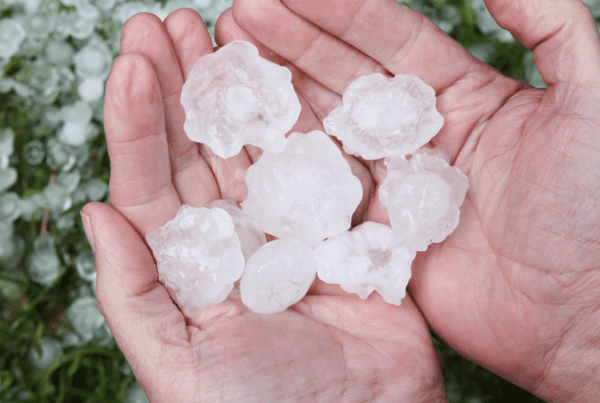While Austin usually enjoys mild winters, the snow event of 2021 proved that we should all be prepared for deep freezes. Here are a few steps you can take to minimize the damage to your home during a cold snap.
Locate Your Water Shutoff
Locate the water main shutoff valve and keep it clear of debris and obstacles at all times. For most properties, the property owner’s shutoff valve is on your side of the water meter at the meter box. For renters, please consult with your property manager.
If you cannot find your shutoff valve or if it is damaged, then you should be prepared to access the City shut-off valve in the meter box. You may need a water meter key to open the meter box, which can be purchased at most hardware stores.
Watch this video about how to locate your water shutoff.
When and how should you drip your faucet during cold weather.
Even if you take precautionary measures, pipes can still freeze in frigid weather. If you turn on the faucet and only a trickle of water comes out, you can try to thaw the pipe. Turn on the faucet and gently heat the frozen area with a hairdryer, electric heating pad, or electric space heater. Do not use any device with an open flame, such as a propane heater or blowtorch, as this can damage the pipe and cause a fire. If no water flows at the faucet, you can’t locate or access the frozen area, or if the pipe looks bulged or cracked, turn off the water at the main shut-off and contact a plumber.
Weatherize To Keep Cold Air Out
Make repairs to broken or drafty windows, doors, and walls. Seal all leaks in crawl spaces and basements. Winterize unheated spaces and be prepared to close garage doors for the duration of the freeze. Gather supplies to cover vents on your home’s foundation.
Weatherize Exposed Pipes and Water Heaters
Prepare to insulate pipes in unheated and drafty areas, such as an attic or garage. Also, check manufacturer recommendations for your tanked and tankless water heaters. Hardware and plumbing supply stores carry insulation to help keep pipes from freezing. You can also insulate pipes with newspaper and plastic.
The pipes in your kitchen and bathroom cabinets are also at risk. If the weather is cold and the air within the cabinets feels cool, open the cabinet doors to allow warmer air to circulate around the plumbing. Also, allow cold water to drip from the faucet to keep the water moving.
Outside Faucets
On the outside of your home, the water spigots (hose bibs) can freeze if they’re not winterized. Either install frost-proof hose bibs or, before cold weather arrives, turn off the water valve that feeds the hose bib and allow any remaining water to drain through the outside faucet. You can also wrap outside faucets with towels or a Styrofoam insulator.
Gather Supplies To Be Prepared
Having supplies on hand will help you be prepared and avoid the rush at stores when a winter storm approaches.
- Water meter key – to access your meter box (if needed)
- Insulation for indoor and outdoor pipes and hot water heaters
- Hose bib covers for outdoor faucets
- Battery-powered radio and flashlight(s)
- One gallon of water per person and pet per day for seven days
- Make note: Austin Water’s 24-hour Emergency Hotline can be reached at (512) 972-1000, option 1
WARNING: Carbon Monoxide
- Never use a generator, grill, camp stove, or other gasoline, propane, natural gas, or charcoal-burning device inside a home, garage, basement, crawlspace, or any partially enclosed area. Locate the unite away from doors, windows, and vents that could allow carbon monoxide to come inside.
- Keep fire extinguishers on hand, and make sure everyone in your home knows how to use them.
- CAUTION: Carbon Monoxide (CO) is an odorless, colorless, toxic gas. Because it is impossible to see, taste, or smell the toxic fumes, CO can seriously injure you before you are aware of it. At lower levels of exposure, CO causes mild effects that are often mistaken for the flu. These symptoms include headaches, dizziness, disorientation, nausea, and fatigue.
- Install CO alarms in central locations on every level of your home and outside sleeping areas.
- If the CO alarm sounds, quickly move to a fresh air location outdoors or by an open window or door.
- Call for help from the fresh air location and stay there until emergency personnel arrives.
If you experience damage to your home or property, please contact us or your insurance carrier. We’re here to help.
Information courtesy of Austin Water and Ready Central Texas
For additional information, visit Ready.gov







